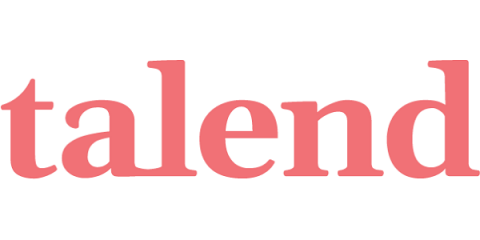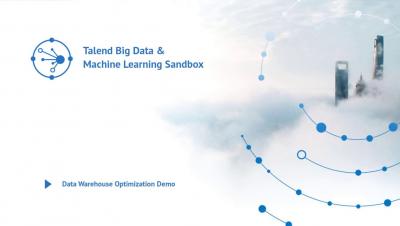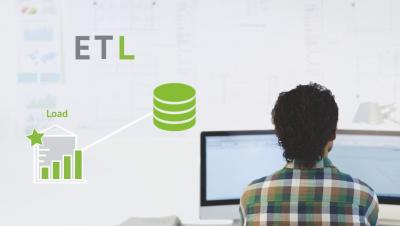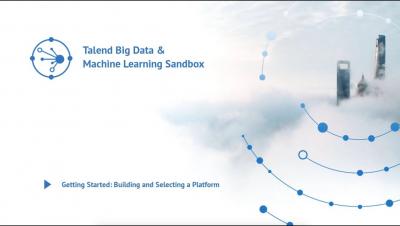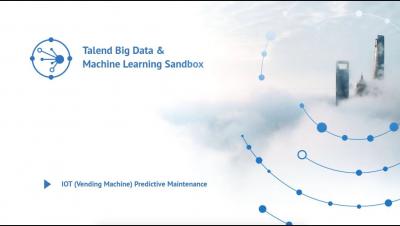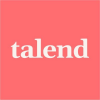Continuous Integration Best Practices - Part 2
This is the second part of my blog series on CI/CD best practices. For those of you who are new to this blog, please refer to Part 1 of the same series and for those who want to see the first 10 best practices. Also, I want to give a big thank you for all the support and feedback! In my last blog, we saw the first ten best practices when working with Continuous integration. In this blog, I want to touch on some more best practices. So, with that, let’s jump right in!


